Rims Barber
A native of Chicago, Reverend Rims Barber began his journey in the Civil Rights Movement in 1964, when he joined the Freedom Summer effort in Mississippi. After Freedom Summer, Barber stayed in Mississippi working as a community organizer and activist in Canton. He worked for State Representative Robert Clark to “represent the unrepresented” and with the Children’s Defense Fund to desegregate public schools. As an ordained Presbyterian minister, he officiated the first interracial marriage in Mississippi since Reconstruction in 1970. He also officiated commitment ceremonies for same-sex couples before same-sex marriages were legal in Mississippi.

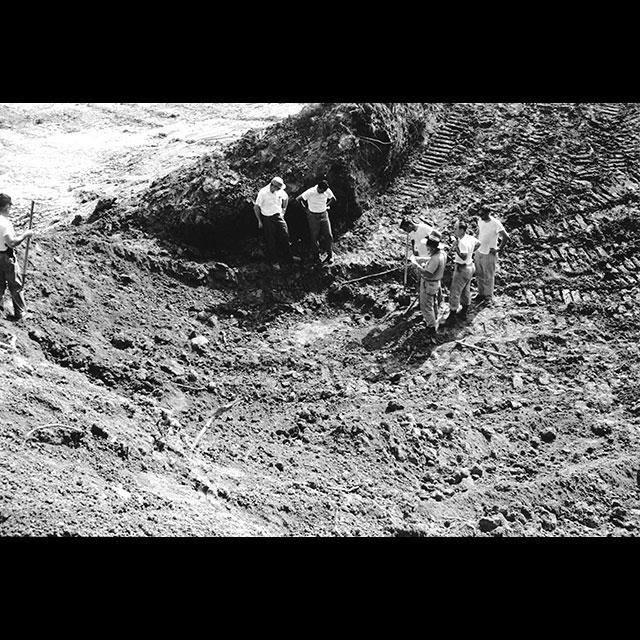
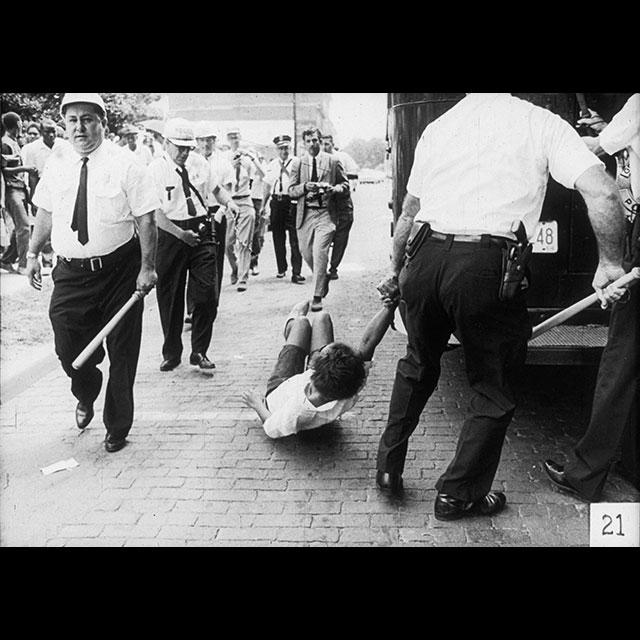
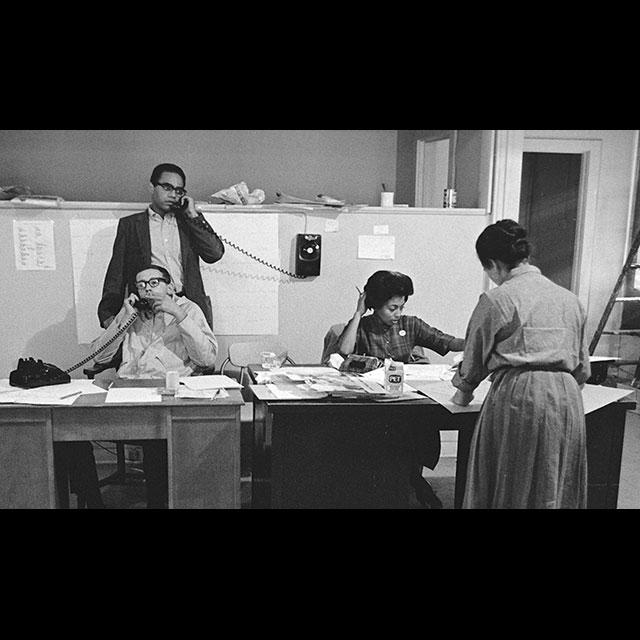
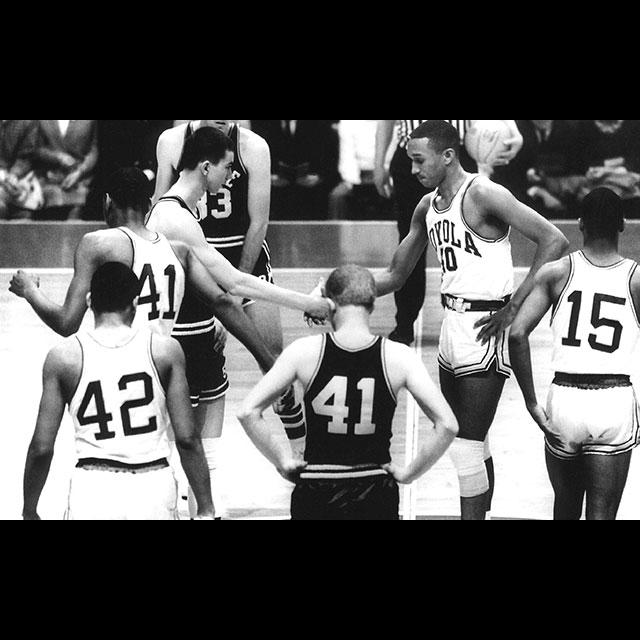
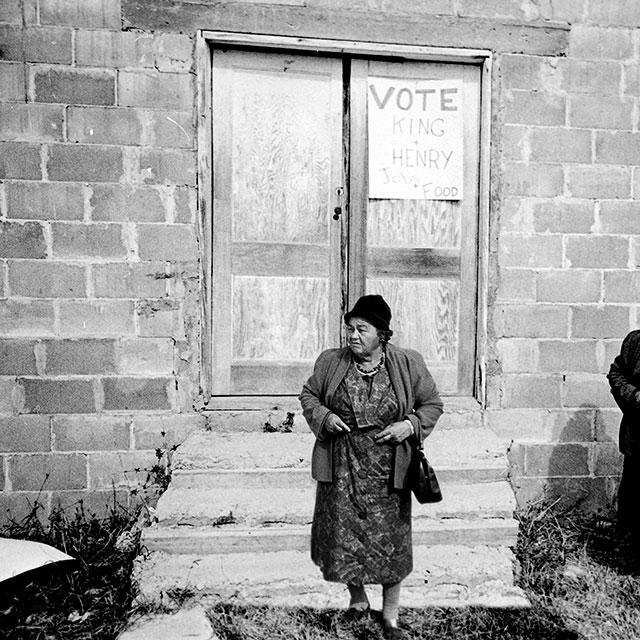
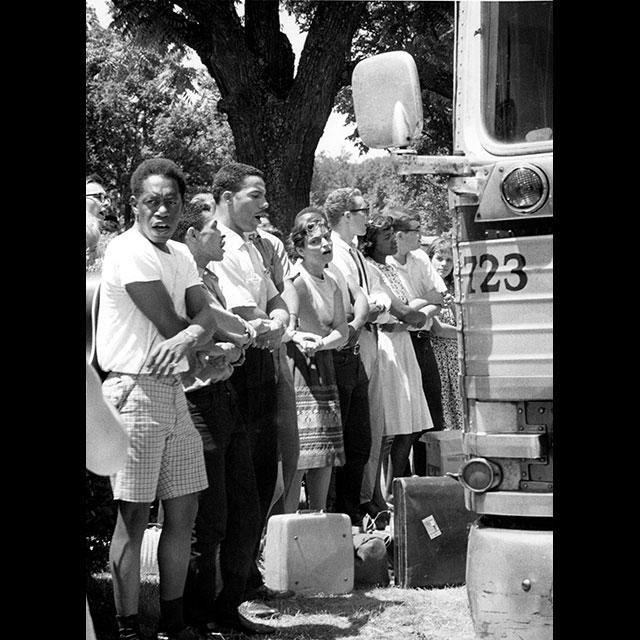
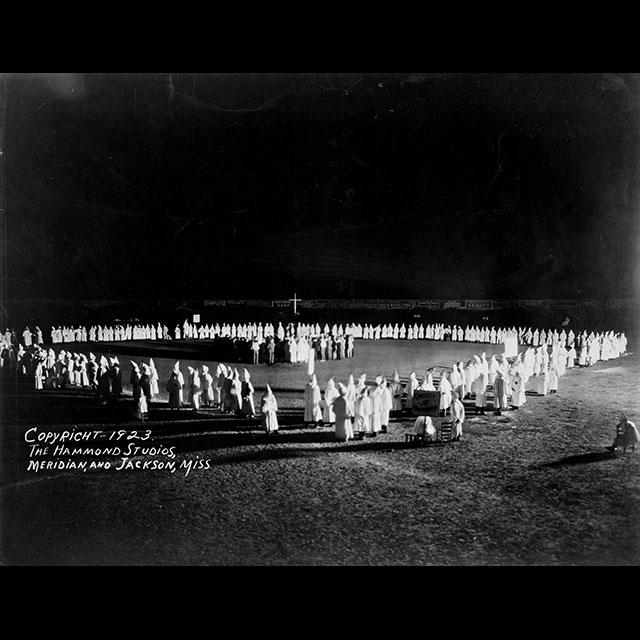
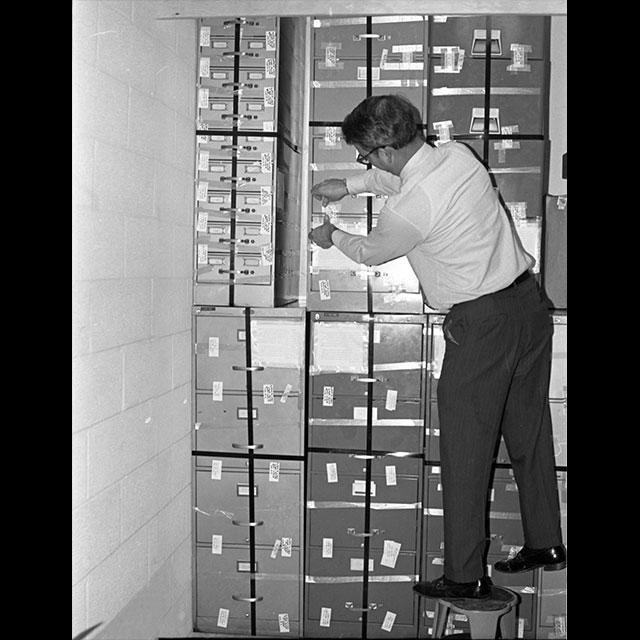
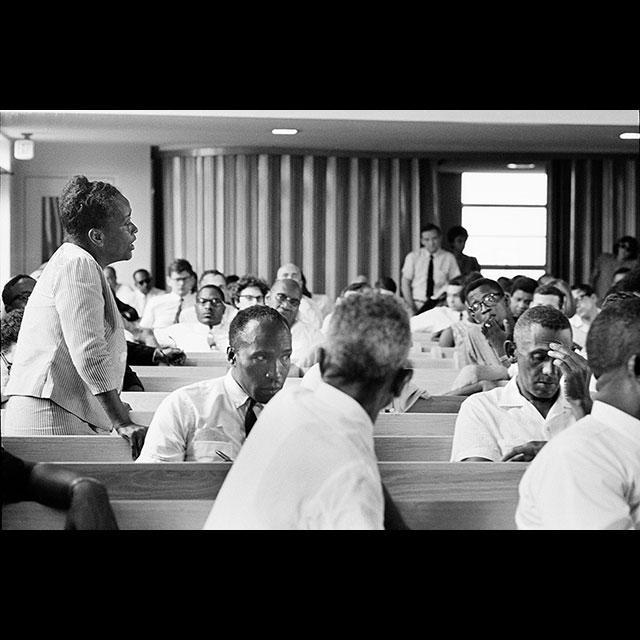
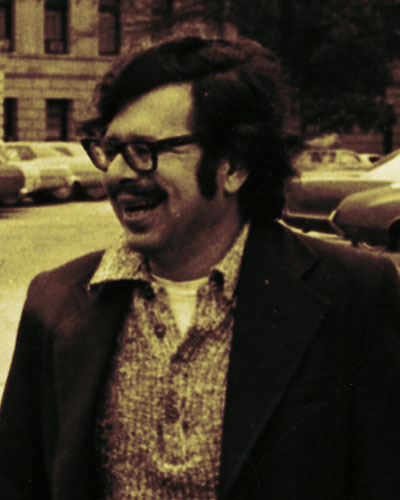
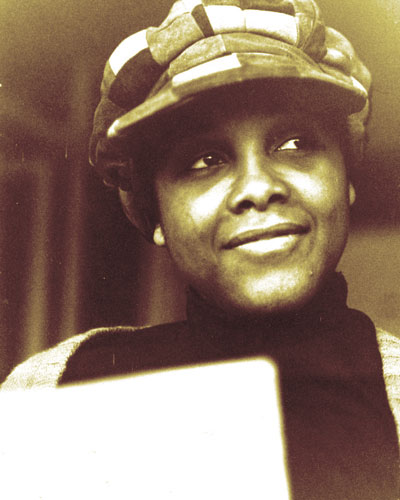
 A human and civil rights interdisciplinary education center at Jackson State University
A human and civil rights interdisciplinary education center at Jackson State University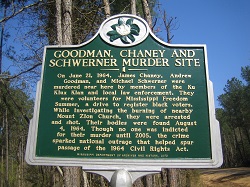 Highlights places and people who fought for freedom and equality in Neshoba County
Highlights places and people who fought for freedom and equality in Neshoba County